Clumping Bamboo
Kiwis
- Hardy Kiwis grow fast and do well in containers! [src]
- Need male and female plants.
- another [src]
- Growing kiwi from store-bought fruit instructions
Compost
The city of Berkeley provides free compost for Berkeley residents (with a photo id). Since Berkeley has city-wide composting, residents can come and pick up the fruits (and veggies) of someone’s labour to enricih their gardens. The rich, steamy compost gets dumped at the Marina starting at 6:30am the first Saturday of every month (unless it’s raining in the East Bay and prevents loading the compost). Check the Berkeley compost website for delivery updates. Get there right at 6:30: there were already 10 cars there shoveling the black gold into bags and buckets as fast as they could. I’d bet it’s all gone by 8am.
Blueberries
- Blueberries typically need a period of extreme cold to fruit.
- Some varieties have been bred to be ok with warmer temperatures. One of those is the “Jewel” variety.
- Jewel blueberries are one of the Southern Highbush variety.
- They grow upright and have a long harvest period.
| Planted |
Fertilized |
Pruned |
Fruited |
| 24 June 2018 |
24 June 2018 |
|
|
Amaryllis belladonna
Or “naked ladies”
- Fleshy seeds often appear after flowers fade, somewhat resembling pomegranate seeds and colored pink or white. The seeds must be fresh to germinate. Sow them in commercial well-draining potting mix and keep the soil moist. The seeds germinate in as little as two weeks.
- The seedlings don’t bloom until they are three to six years old or older.
- plant naked lady in full sun and remove the dead leaves from the ground each year when they have completely died down. Allowing summer heat to reach the dormant bulbs seems to help regular bloom.
- Adapts to most soil, as long as it is well-draining.
- Once established, the plant is drought tolerant.
- Space 1 foot apart to allow for their eventual 1 1/2 - to 2-foot spread.
- Don’t seem to bloom the year or two after being moved.
Sources: SFGate and hunker.com
Mandarin Semi-Dwarf Clementine
- Roots sensitive to too much water, so don’t use potting mixes that retain water. Best may be rose garden soil mixes (formulated for outside use).1
- Water about once per week. Only water if soil is dry ~2 inches down into soil. Yellow or cupped leaves may be overwatered. Citrus prefer infrequent, deep watering to frequent, shallow sprinklings.
- Potting instructions1. In a container, water deeply once or twice a week 3.
- Need full sun, 8 hours / day.
- After first year, add citrus fertilizer (slow-release) in the Spring.
- Pruning is fine except in winter. Well-pruned trees have higher fruit output and are less prone to branch breakage 1.
- Citrus Problem Solver.2
| Planted |
Fertilized |
Pruned |
Fruited |
| ~April |
24 June, 1 July, 1 Aug, 1 Sept |
|
|
Apache Thornless Blackberries
- Thornless, but still taste good.
- Needs rich, moist, soil and full* sun exposure to thrive. (Baby plants seem to prefer some shade during the hottest part of the day - maybe overall partial shade).
- Prefer slightly acidic soil with a pH ranging from 6.5 to 7.
- Space plants about 5 feet apart.
- Require about an inch of water per week (I def killed the first batch by overwatering.) Suggestion from the store: don’t repot! Leave them in the small pot they come in to make sure root system develops fully, appropriate amount of water is being added, and nutrients are getting where they should to the roots).
- If you don’t wish to trellis your plant, trim the tops of new canes during the summer months, limiting growth to about 3 to 4 feet.
- In the spring, before new growth forms, prune lateral branches back to about 12 inches to encourage larger fruit production.
- Don’t grow true to seed, so may have thorns if grown from seed.
- More growing tips: https://ediblelandscaping.com/careguide/Blackberry/
| Planted |
Fertilized |
Pruned |
Fruited |
Died |
| 13 June 2018 |
- |
- |
- |
8 Sept 2018 |
Thornless, Fragrant Roses
- The one I bought: https://www.regannursery.com/rose/Grande-Dame
- List of thornless roses. Another list.
| Blooms |
Name |
Shade OK? |
Scent? |
Disease Resistant? |
Climbing or Shrub? |
Notes |
Feelings |
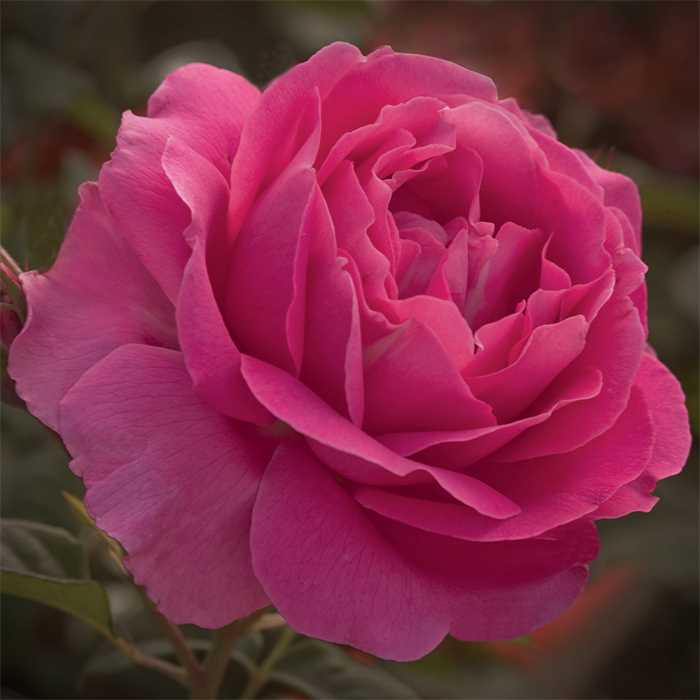 |
Grande Dame |
NO. |
very strong |
Excellent. |
|
Gorgeous color, very large 6" blooms. |
Number 1. |
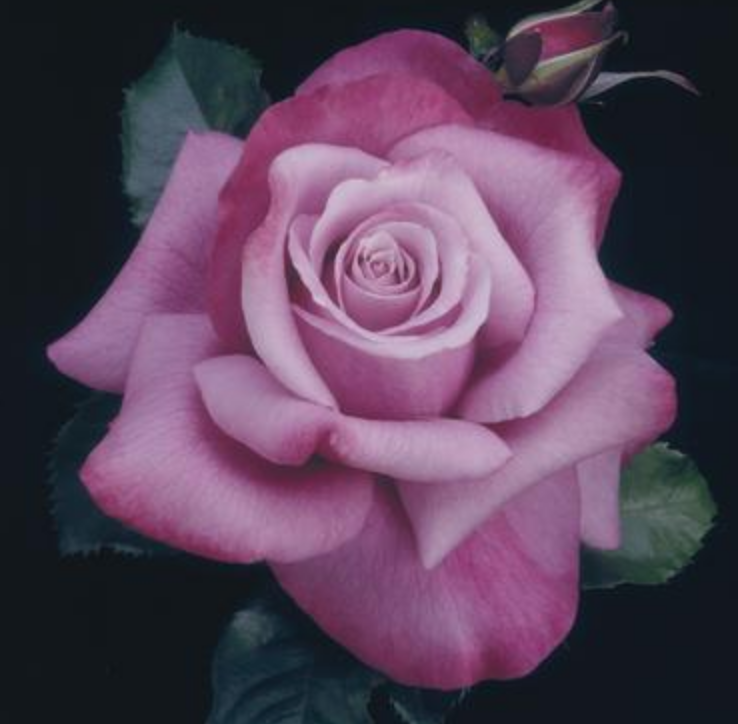 |
Barbra Streisand |
NO. |
strong sweet scent |
Good. |
No. |
Gorgeous shape. 5in blooms. Repeat. |
Top 3. |
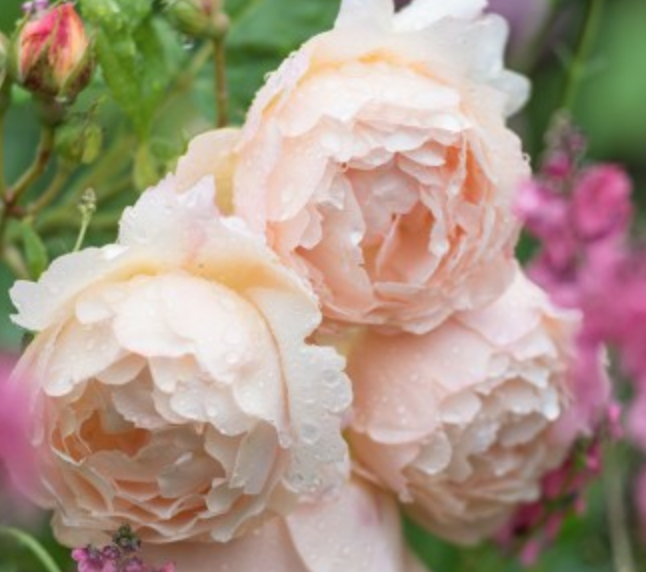 |
Wollerton Old Hall |
NO. |
Most. |
Somewhat. |
No. |
Continual blooming. |
Top 3. Plant where it's easy to enjoy lovely smell. |
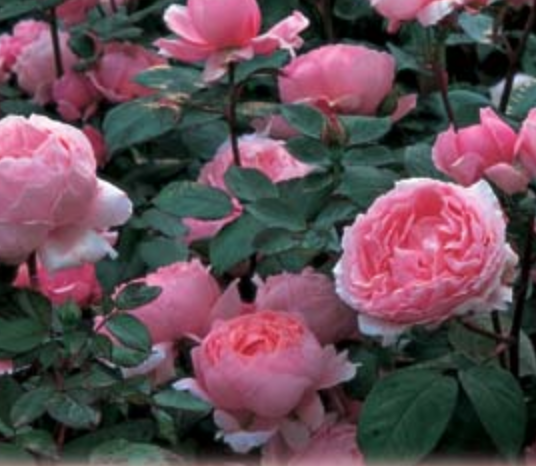 |
Brother Cadfael |
4hrs sun OK |
Very. |
Good. |
Both. |
Repeat. |
Ideal for pots. |
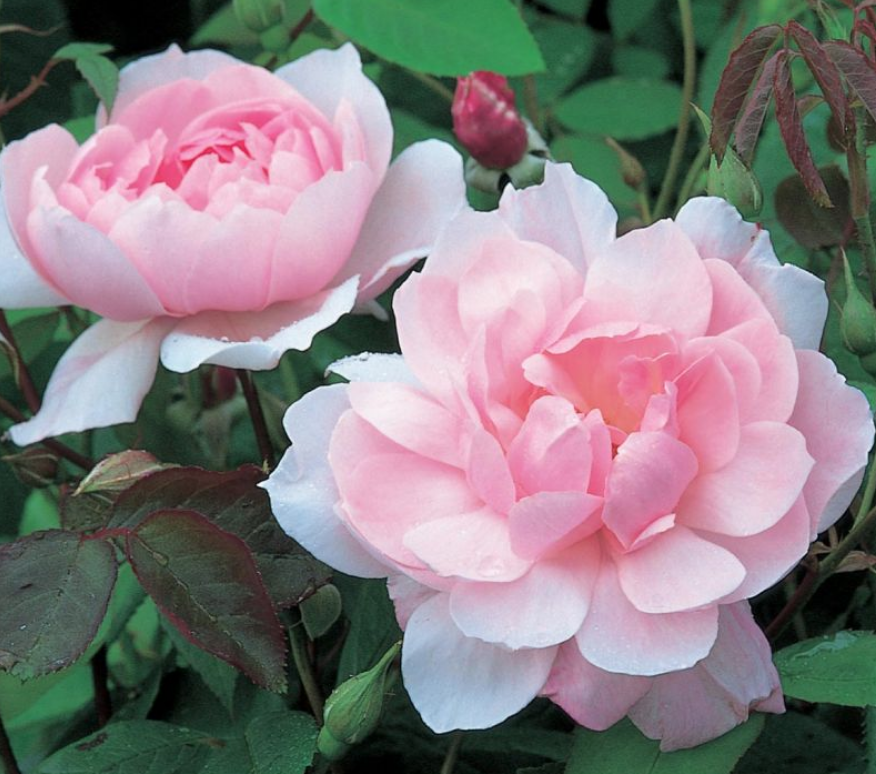 |
Mortimer Sackler |
NO? |
old rose w fruit |
Excellent. |
X |
Repeat flowering. |
Seem lovely. |
 |
Generous Gardener |
NO? |
strong old rose, musk and myrrh |
Very. |
No. |
|
Scent? |
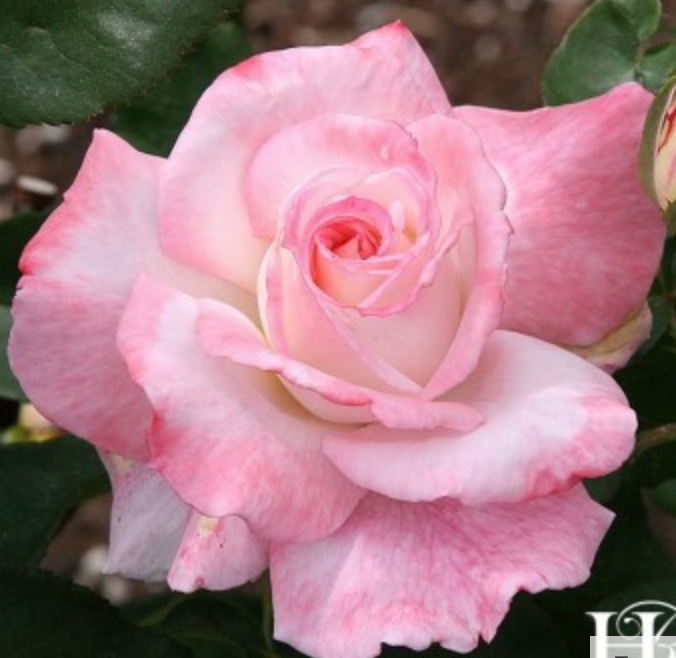 |
Secret |
X |
Exceptionally strong. |
|
|
Prob better than Barbra due to shade tolerance. |
Boring color. |
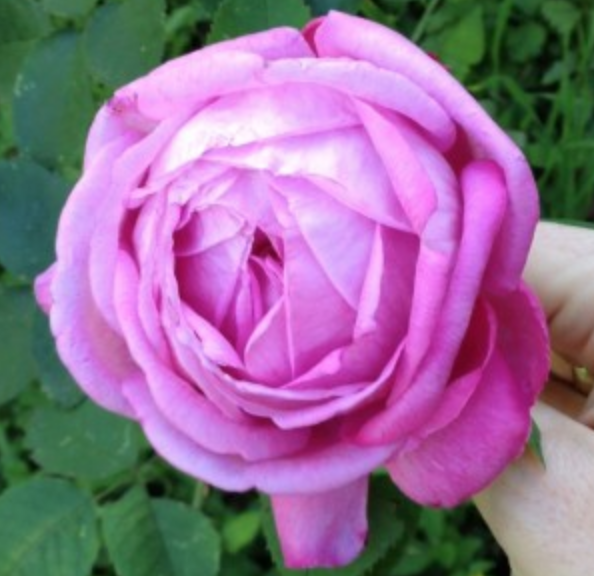 |
Paul Neyron |
NO. |
Strong. |
? |
No. |
6in blooms. Repeat. |
Scent? |
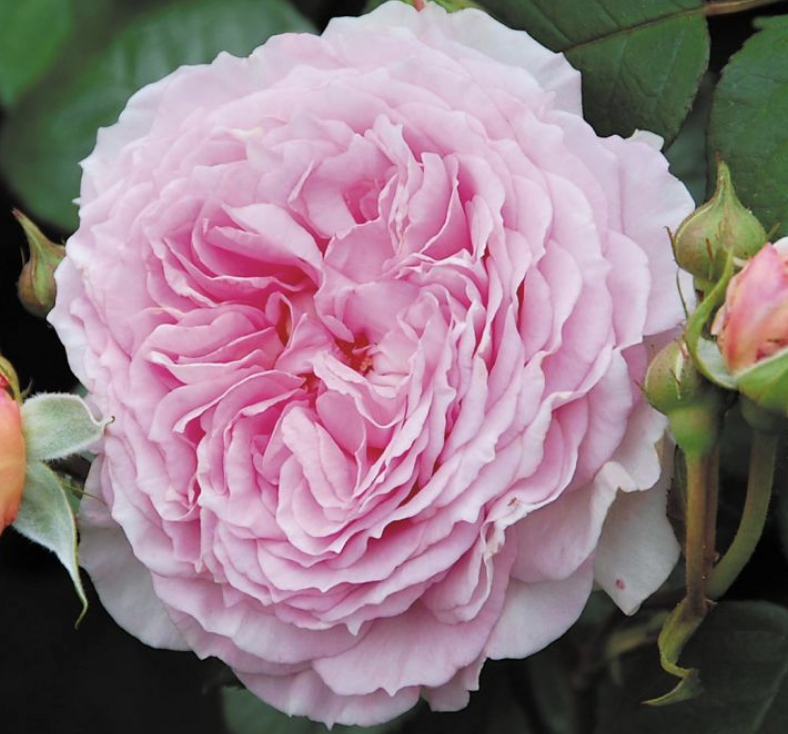 |
James Galway |
X |
light "old rose" |
Excellent |
Both. |
Repeat. |
Scent? |
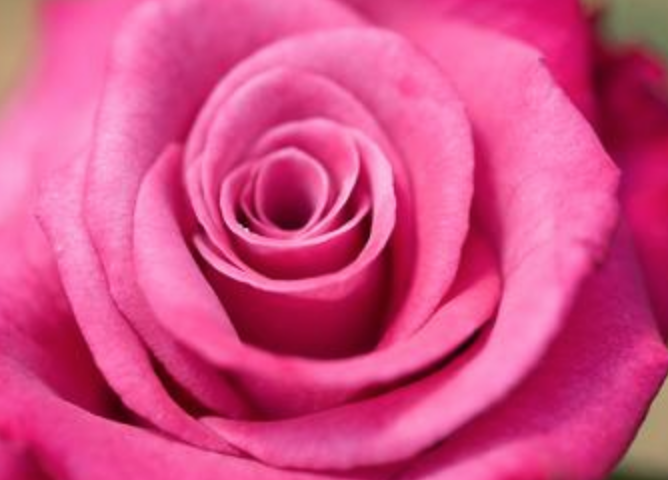 |
Deja Blu |
X? |
Very. |
? |
Both. |
? |
Scent? |
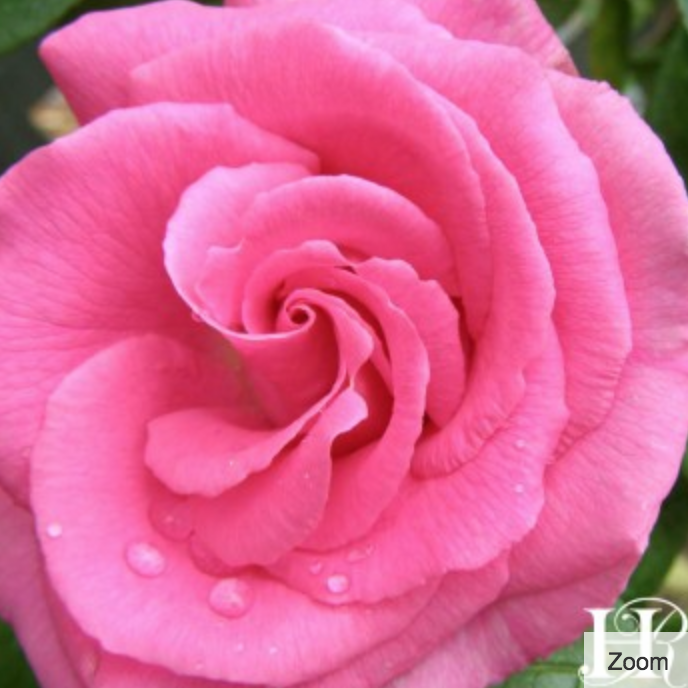 |
Zéphirine Drouhin |
X |
Very. |
? |
X |
Continual 4in blooms. |
Many flowers. |
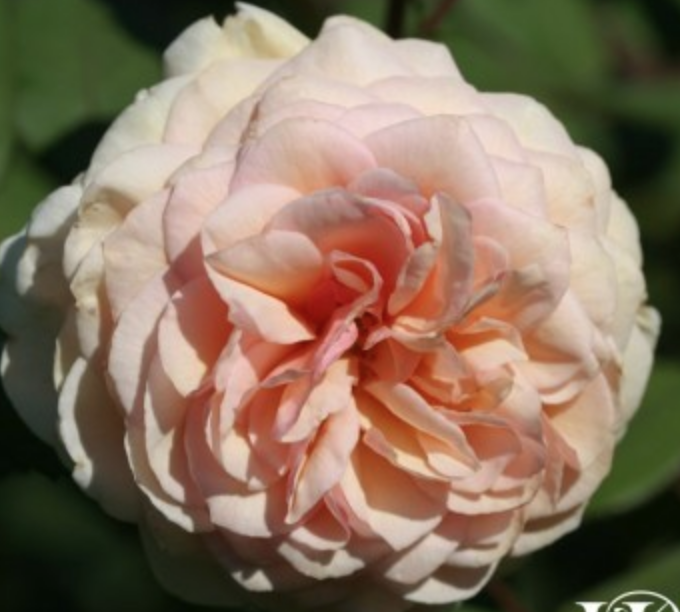 |
A Shropshire Lad |
X |
Somewhat. |
Excellent. |
Both. |
Repeat. Good in pots! |
Eh. |
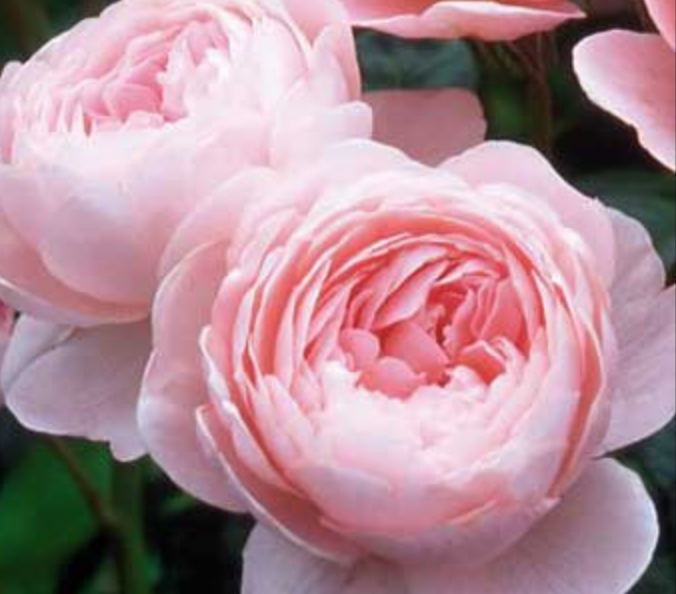 |
Queen of Sweden |
NO. |
Slight. |
Very. |
Both. |
|
No scent, no point |
![]() |
|
|
|
|
|
|
|
- “Alba” sub-type can tolerate “less than ideal sun conditions.”4
- Most roses need very large pots, at least 20″ tall and deep. Recommend using varieties that don’t grow more than 4′.
- Fertilize once a month during growing season.
- In pots, water when the soil is dry 1/2 inch down. Water deeply (more than a sprinkling).
- In early spring, when the rose is showing first signs of growth (usually late February or early March), feed with an all-purpose Rose & Flower food.
- Most roses benefit from being completely defoliated in winter, to encourage a deeper dormancy and to remove diseased tissue.
- Source: Berkeley Hort.
- Info about bare root plants.
- Excellent intro to growing roses from SFGate.. Suggests this starter set for the Bay Area:
- Iceberg: A longtime favorite floribunda, it is considered one of the best 10 roses worldwide and remains the No. 1 white landscape rose. Plants shower themselves with icy-white blooms formed in clusters on good cutting stems. Foliage is midgreen and lush.
- Julia Child: An All-America floribunda in 2006, it has quickly become America’s favorite yellow rose, and for good reason. Fragrant, butter-yellow to golden blooms form in clusters that just don’t give up all season long.
- ‘Gemini’: An All-America Rose selection in 2000, it’s a classic hybrid tea and one of the highest-rated roses in America. Exquisitely formed blossoms are a blend of pinky-coral and cream atop long cutting stems. Fragrance is mild, but rosy.
- ‘Ingrid Bergman’: This is my idea of a classic red hybrid tea. First, it’s truly red, with petals that don’t “blue” as they age. Fragrance is nothing special, but it’s definite, and the deep glossy green foliage is most complementary to ‘Ingrid’s’ vivid-red blossoms. Bushes are medium growers and are densely foliated.
- ‘About Face’: An All-America Rose selection in 2005, it is a bicolor, upright and tall grandiflora. Part of the charm of this winner is that its petals are golden-orange on their insides and bronzy-red on the outside. Fragrance is mild and thought to be apple-like.
- Barbra Streisand: A hybrid tea introduced in 2001, it is right up the alley of fragrance fanciers and those fond of deep lilac to mauve large blossoms. Plants reach medium heights and are notably bushy. Fragrance isn’t just powerful, it’s deep-rose.
- ‘Hot Cocoa’: An All-America floribunda in 2003, it caused quite a stir in rosedom when it was introduced because the color spread across rose petals was virtually unknown. As moderately scented blooms mature, deep rust, pointy buds open into a chocolate smoky haze of petals that eventually take on a purply case. At every stage, a knockout.
- Fragrant, thornless orange roses that I like:
Rose care:
- “The ideal nitrogen-phosphorous-potassium ratio for roses is 1-2-1. A monthly application of a high phosphorous fertilizer, such as 9-14-9, encourages blooming and provides adequate nutrients for your plant.” - src.
Sugar Snap Peas
- Sow 2 or 3 times, 7 to 10 days apart, to extend harvest. 5
- To save space, sow in double rows 3” apart with 2 1/2 to 3’ of space between double rows.5
- Peas are a warm season crop, so growing peas in a container should begin in the spring when temperatures warm to over 60 F.5
- 12 inches across. Fill the container with soil leaving a 1 inch space at the top.5
- Keep the seeds in a lightly shaded area until germination (9-13 days). 6
- Peas prefer cool conditions, so plant them early in the season. When it gets too warm, they stop producing.6
| Location |
Planted |
Sprouted |
Touch pole |
Flowered |
Eaten by animals |
| Front row |
3 June |
12 June (9 days) |
24 June (21 days) |
|
24 Aug |
| Second row |
24 June |
3 July |
|
|
24 Aug |
email /
tweet
© 2023 / Molly Jane Nicholas /
email












